Choosing the Right Security Cameras for Your Home
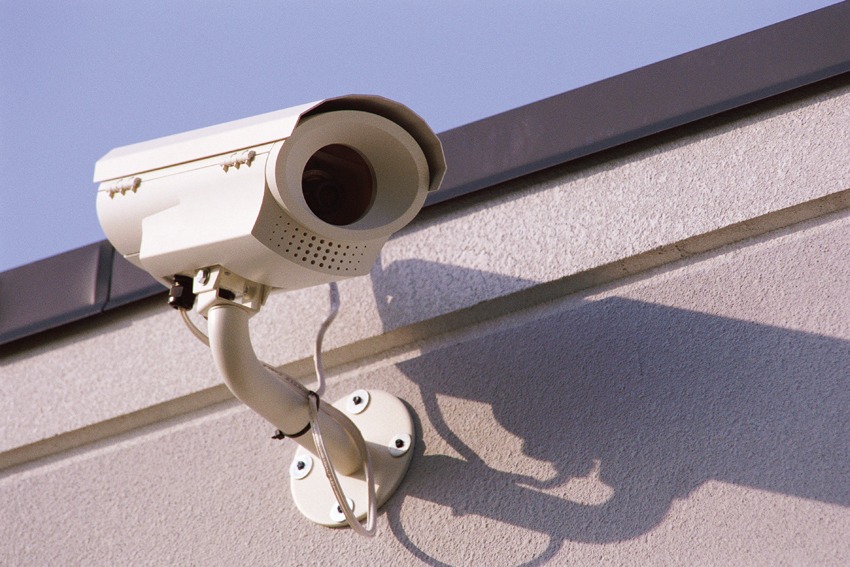
Security cameras are an essential component of a comprehensive home security system. They not only deter potential intruders but also provide valuable evidence in the event of a break-in. With numerous options available, selecting the right security cameras for your home can be overwhelming. This article will guide you through the process of choosing the best security cameras to meet your specific needs and enhance your home security.
Understanding Your Security Needs
Before diving into the various types of security cameras for your home, it’s crucial to assess your specific security needs. Consider the following factors:
- Location and Coverage Areas
- Entry Points: Identify key entry points such as doors, windows, and driveways that need monitoring.
- Blind Spots: Determine areas that are less visible and could benefit from surveillance.
- Indoor vs. Outdoor: Decide if you need cameras for indoor, outdoor, or both locations. Outdoor cameras require weatherproof and durable features.
- Purpose and Features
- Deterrence: Visible cameras can deter potential intruders.
- Evidence Collection: High-resolution cameras capture clear images and videos for evidence.
- Remote Monitoring: If you want to monitor your property remotely, choose cameras compatible with mobile apps and internet connectivity.
Types of Security Cameras for you Home
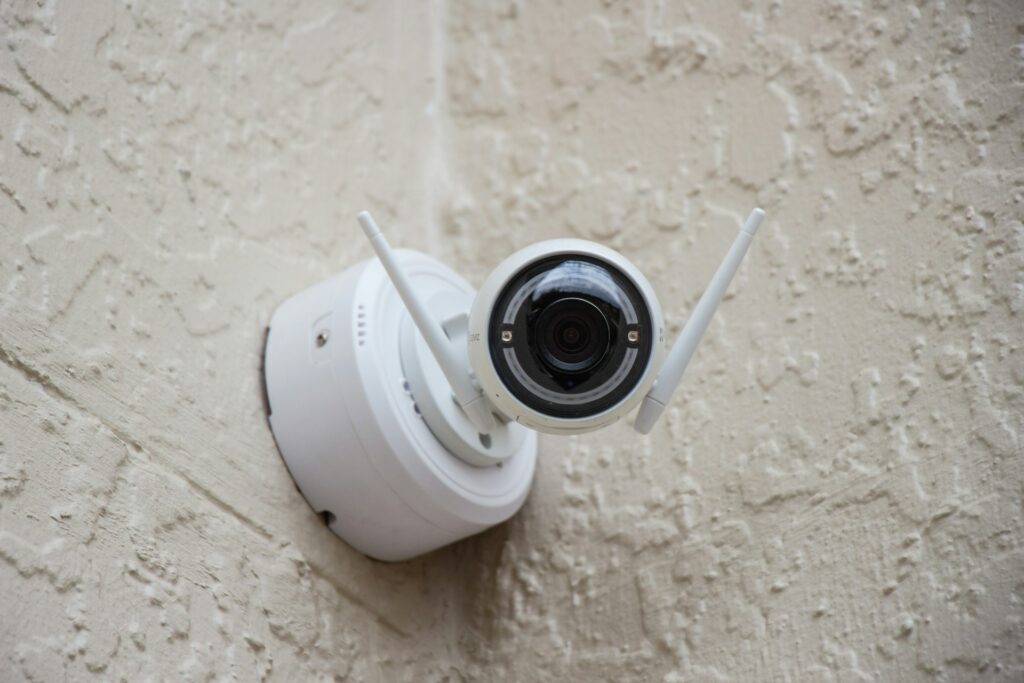
There are several types of security cameras, each with its own set of features and benefits. Here are the most common types:
- Dome Cameras
- Appearance: Dome-shaped and often mounted on ceilings.
- Benefits: Discreet and difficult for intruders to determine which way they are pointing. Ideal for indoor use.
- Features: Some models offer 360-degree coverage and night vision.
- Bullet Cameras
- Appearance: Cylindrical and typically mounted on walls.
- Benefits: Highly visible, acting as a deterrent. Suitable for outdoor use due to their weather-resistant design.
- Features: Long-range viewing capabilities and infrared night vision.
- PTZ Cameras (Pan-Tilt-Zoom)
- Appearance: Larger, more conspicuous cameras with motorized capabilities.
- Benefits: Ability to pan, tilt, and zoom for comprehensive coverage of large areas. Ideal for monitoring wide spaces.
- Features: Remote control operation and high zoom capabilities.
- Wireless Cameras
- Appearance: Similar to wired cameras but without the need for cables.
- Benefits: Easy installation and flexibility in camera placement. Suitable for both indoor and outdoor use.
- Features: Battery-powered or solar-powered options, Wi-Fi connectivity for remote access.
- Hidden Cameras
- Appearance: Small and easily concealed within everyday objects.
- Benefits: Discreet monitoring without drawing attention. Ideal for indoor use.
- Features: Limited field of view and recording capabilities due to their small size.
- Floodlight Cameras
- Appearance: Combined with floodlights for enhanced visibility.
- Benefits: Provides bright illumination and surveillance in one unit. Ideal for outdoor use, especially around entry points.
- Features: Motion detection, night vision, and integration with smart home systems.
Key Features to Consider
When choosing security cameras for your home, consider the following features to ensure they meet your needs:
- Resolution
- Higher Resolution: Look for cameras with at least 1080p resolution for clear and detailed images. Higher resolutions, such as 4K, provide even better clarity.
- Purpose: Higher resolution is crucial for identifying faces and details, especially in evidence collection.
- Night Vision
- Infrared LEDs: Ensure the camera has infrared LEDs for night vision capabilities. This allows for clear footage in low-light or no-light conditions.
- Range: Check the night vision range to ensure it covers the necessary distance.
- Field of View
- Wide-Angle Lenses: Cameras with wide-angle lenses cover more area and reduce the number of cameras needed.
- Adjustability: Some cameras offer adjustable lenses or digital zoom to focus on specific areas.
- Motion Detection
- Sensitivity Settings: Choose cameras with adjustable motion detection sensitivity to avoid false alarms from pets or passing cars.
- Notifications: Ensure the system can send real-time alerts to your phone or email when motion is detected.
- Storage Options
- Cloud Storage: Convenient and accessible from anywhere, but may require a subscription fee.
- Local Storage: Includes SD cards, DVRs, or NVRs. Provides control over footage but may require more maintenance.
- Connectivity
- Wired vs. Wireless: Wired cameras offer reliable connections but can be challenging to install. Wireless cameras are easier to set up but may experience connectivity issues.
- Smart Home Integration: Consider cameras that integrate with your existing smart home systems for enhanced control and automation.
- Audio Capabilities
- Two-Way Audio: Allows you to communicate with visitors or intruders through the camera.
- Microphone and Speaker Quality: Ensure the camera has clear audio for effective communication.
Installation and Maintenance
Proper installation and maintenance are crucial for the effectiveness of your security cameras. Here are some tips:
- Professional vs. DIY Installation
- Professional Installation: Ensures optimal placement and setup, but comes at a higher cost.
- DIY Installation: More cost-effective and flexible, but requires some technical knowledge and effort.
- Placement Tips
- Height and Angle: Mount cameras high enough to avoid tampering but low enough to capture clear images.
- Coverage: Overlap camera coverage to avoid blind spots. Ensure key areas like entry points are well-covered.
- Lighting: Avoid direct sunlight or bright lights facing the camera to prevent glare.
- Regular Maintenance
- Check Connections: Regularly check wired connections for wear and tear. Ensure wireless cameras maintain strong signal strength.
- Clean Lenses: Keep camera lenses clean to ensure clear footage. Use a soft cloth to avoid scratching.
- Software Updates: Keep the camera’s firmware and connected apps updated for the latest security features and improvements.
Choosing the right security cameras for your home involves careful consideration of your specific needs, the types of cameras available, and the features that will best enhance your security. By understanding your requirements and staying informed about the latest technologies, you can make an informed decision that ensures your home is well-protected. Investing in the right security cameras for your home, not only provides peace of mind but also empowers you to take control of your home’s safety. Stay vigilant, stay informed, and keep your home secure.
Stay connected with us on Facebook and Instagram for more self-defense tips, safety insights, and empowering content tailored to help women walk their path with confidence. Let’s keep the conversation going. Join us today!


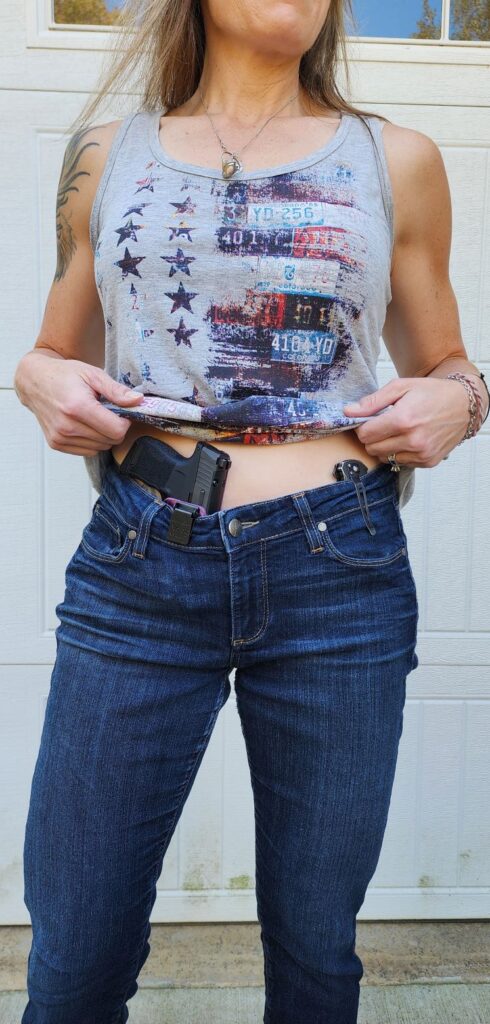

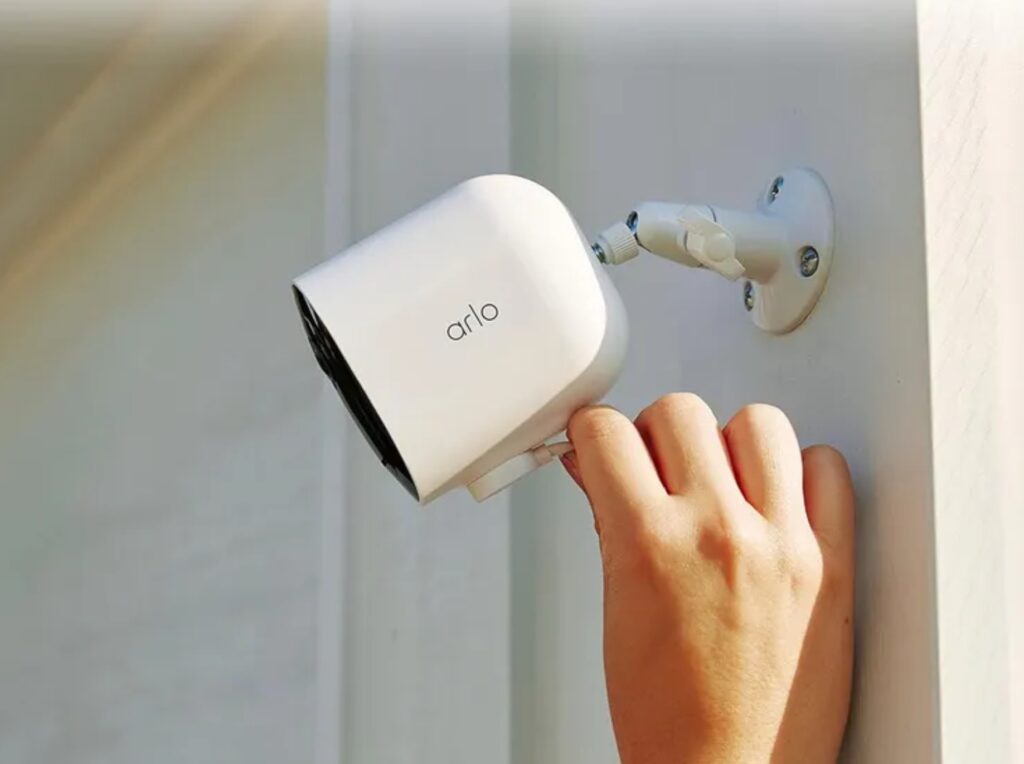
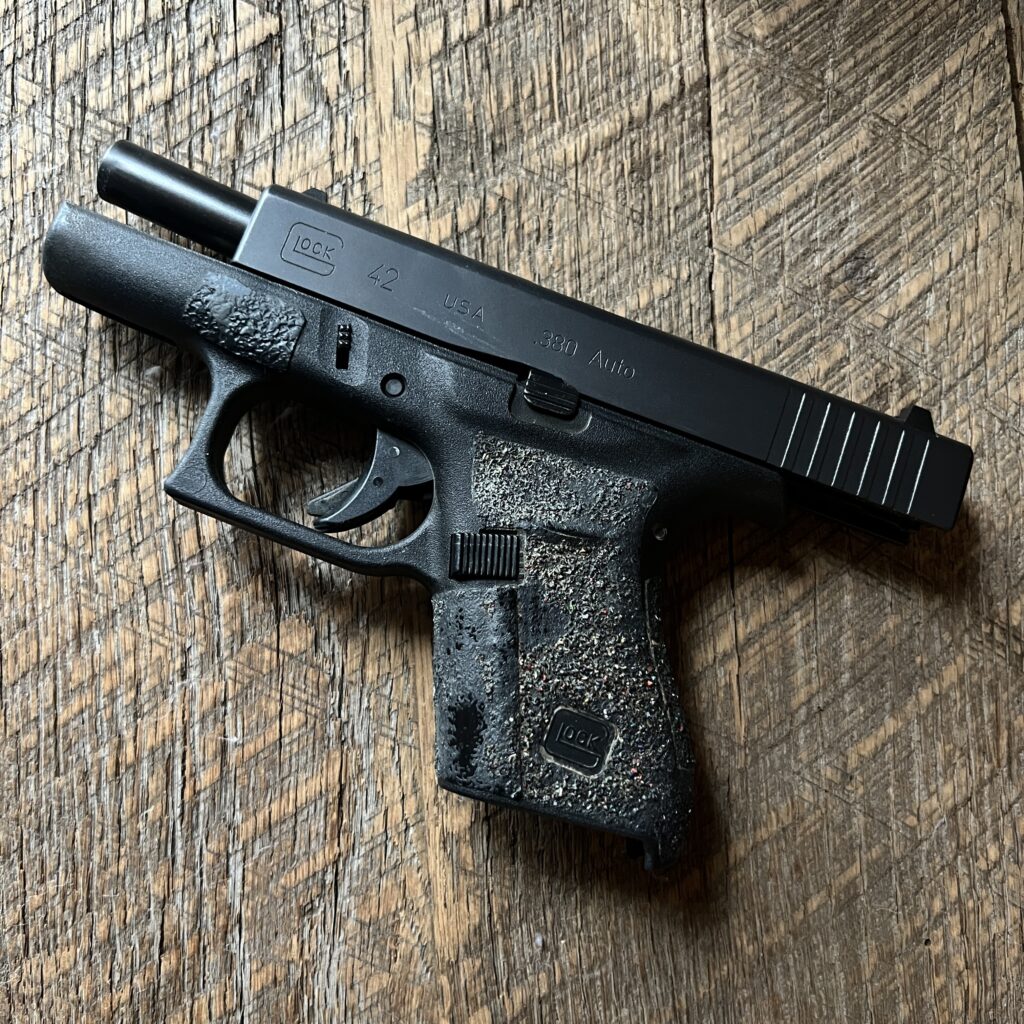
Responses